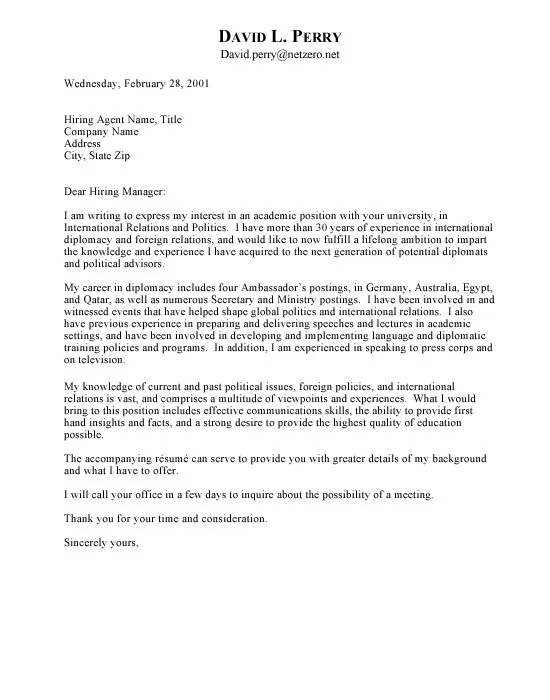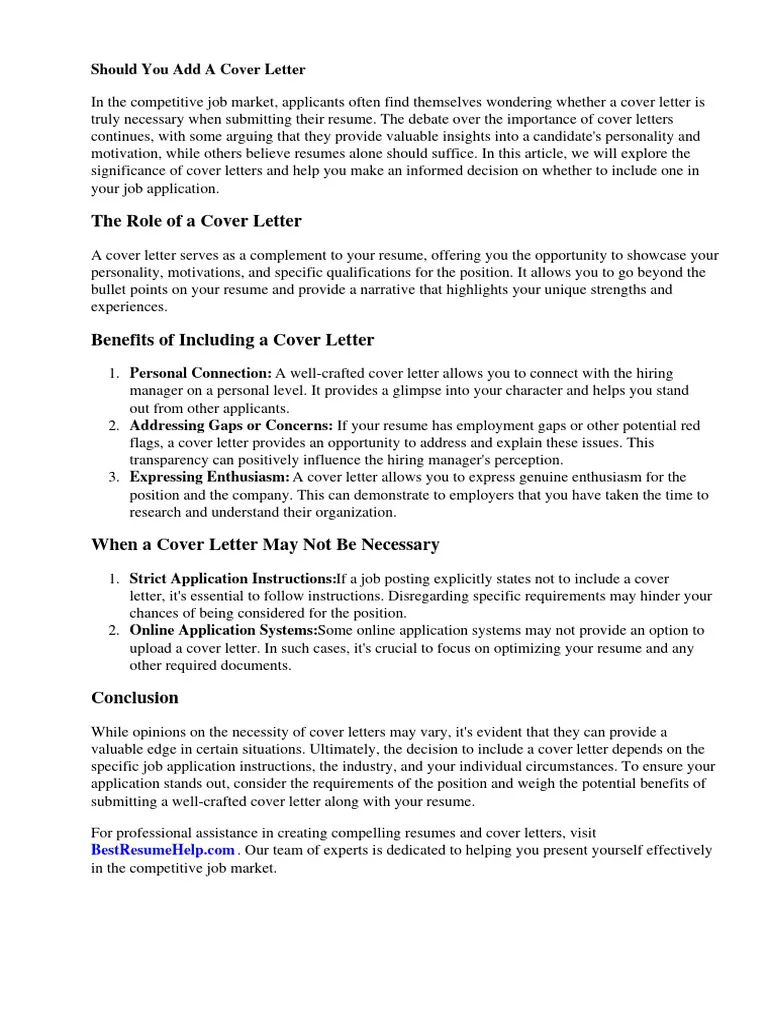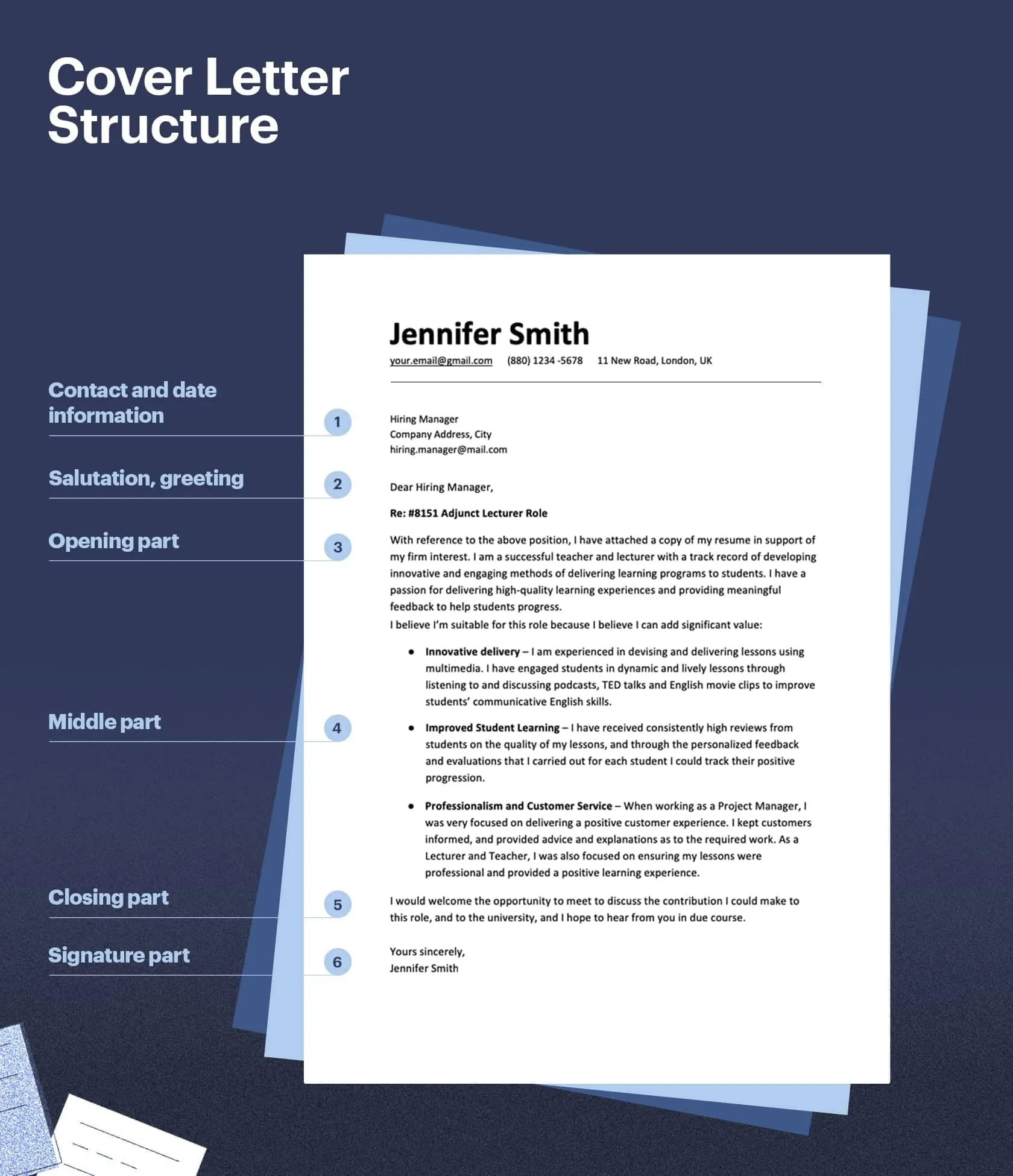Understanding Website Traffic and Its Importance
In the dynamic digital landscape, website traffic serves as the lifeblood of online success. Understanding and effectively managing this traffic is critical for businesses striving to establish an online presence, generate leads, and ultimately drive revenue. This article will delve into seven key strategies to quickly and sustainably boost your website traffic, ensuring that your online efforts yield tangible results. Before we get into the methods, let’s first understand what website traffic is, why it’s so important, and the key metrics to watch. Armed with this foundational knowledge, you will be well-prepared to implement the techniques we will discuss.
What is Website Traffic?
Website traffic refers to the number of visitors who access a website. This includes all interactions, from a simple page view to complex transactions. Traffic volume is typically measured over a specific period, such as daily, weekly, or monthly. Sources of traffic are diverse, spanning organic search results, direct visits (typing the URL), referral links from other websites, social media platforms, and paid advertising campaigns. Each source contributes to the overall traffic, and the distribution of these sources provides insights into the effectiveness of your marketing strategies. Furthermore, different types of traffic can be distinguished, such as new versus returning visitors, mobile versus desktop users, and traffic from different geographic locations.
Why Website Traffic Matters for Business Growth

Website traffic is a direct indicator of online visibility and reach. High traffic volumes mean more people are exposed to your brand, products, or services. This increased exposure translates to a greater likelihood of lead generation and conversion. For e-commerce businesses, increased traffic directly correlates with increased sales as more visitors browse product pages and make purchases. For informational websites, increased traffic can lead to higher advertising revenue and opportunities for partnerships. Ultimately, a website’s traffic level reflects its online presence and the effectiveness of its online marketing efforts, making it a crucial metric for business growth and sustainability in today’s digital age. Without a consistent flow of traffic, a website remains underutilized and fails to achieve its full potential.
Key Metrics to Track Website Traffic
Several metrics provide valuable insights into your website traffic. These insights are essential to understanding visitor behavior, the effectiveness of marketing campaigns, and areas for improvement. Key metrics include total visits (sessions), unique visitors, page views, bounce rate (the percentage of visitors who leave after viewing only one page), average session duration, and conversion rate (the percentage of visitors who complete a desired action, such as a purchase or form submission). Additionally, traffic sources (organic search, direct, referral, social, paid), and the landing pages that attract the most traffic are critical to monitoring. Regularly analyzing these metrics allows you to track progress, identify trends, and make informed decisions to optimize your website and marketing strategies. Tools like Google Analytics are invaluable for collecting and analyzing this data, offering a comprehensive view of website performance.
Optimize for Search Engines (SEO)
Search Engine Optimization (SEO) is a fundamental strategy for driving organic traffic to your website. This involves optimizing your website and its content to rank higher in search engine results pages (SERPs) for relevant keywords. When your website ranks high, it increases the likelihood of users clicking on your website when searching for information. Effective SEO involves on-page optimization, off-page optimization, and technical SEO. On-page optimization focuses on optimizing the content and structure of your website, including using relevant keywords, creating compelling meta descriptions, and ensuring a user-friendly website design. Off-page optimization includes activities like building high-quality backlinks from authoritative websites and promoting your content on social media. Effective SEO requires a long-term perspective, continuous analysis, and adapting strategies to changes in search engine algorithms.
Keyword Research and Implementation

Keyword research is the process of identifying the terms and phrases that your target audience uses when searching for information related to your business. Effective keyword research involves identifying relevant, high-volume keywords with low competition. Use keyword research tools to discover popular search terms and analyze search trends. After identifying your keywords, implement them strategically throughout your website, including in page titles, headings, meta descriptions, and body content. However, keyword stuffing – using keywords excessively – can harm your search rankings. Focus on naturally incorporating relevant keywords to provide value to your audience. Regularly review and update your keywords to ensure you are targeting the most relevant terms for your business and current search trends. Prioritize long-tail keywords (longer, more specific phrases) as they often have less competition and higher conversion rates.
On-Page SEO Best Practices
On-page SEO involves optimizing the content and structure of your website to improve search engine rankings. This includes optimizing your page titles (which should include your target keywords and be concise and compelling), meta descriptions (which summarize your page content and entice clicks), and header tags (H1, H2, etc. to structure your content logically and incorporate relevant keywords). Ensuring a mobile-friendly design is also crucial, as a significant portion of web traffic comes from mobile devices. Improve website loading speed by optimizing images, using browser caching, and minimizing code. Create high-quality, original, and engaging content that provides value to your audience. Internal linking (linking to other pages on your site) helps search engines understand the structure of your website and improves user navigation. Continuously update and refresh your content to keep it relevant and informative, which also helps boost your search rankings.
Off-Page SEO Techniques
Off-page SEO involves building your website’s authority and reputation through activities conducted outside of your website. A key strategy is building high-quality backlinks from authoritative websites. Backlinks are links from other websites to your website and are a significant ranking factor. Earn these backlinks by creating valuable content that others will want to link to. Guest blogging on other relevant websites provides opportunities to share your expertise and link back to your website. Engage in social media to promote your content and build brand awareness. Participate in online communities and forums relevant to your industry to build relationships and share your expertise (linking back to your website when appropriate). Monitor your online reputation and address negative reviews or mentions promptly. Consistently focusing on these off-page SEO techniques will build your website’s authority and improve its search rankings over time.
Content Marketing Strategies

Content marketing involves creating and distributing valuable, relevant, and consistent content to attract and engage your target audience. This approach builds brand awareness, generates leads, and establishes you as an authority in your industry. Effective content marketing includes creating various content formats, such as blog posts, articles, videos, infographics, and ebooks. Content marketing should be informative, engaging, and focused on addressing the needs and interests of your target audience. It should provide value rather than directly promoting your products or services. Plan your content around a content calendar, and establish a publishing schedule. Regularly analyze your content performance to determine which types of content are most effective. This analysis allows you to optimize your content strategy to reach your audience more effectively and drive traffic.
Creating High-Quality, Engaging Content
Creating high-quality, engaging content is critical for attracting and retaining your audience. Content should be informative, well-written, and provide value to the reader. Conduct thorough research, and write clear, concise, and easy-to-understand articles. Use a compelling headline that captures the reader’s attention. Organize your content with headings, subheadings, and bullet points to make it easy to read. Include visuals, such as images, videos, and infographics, to make your content more engaging and appealing. Focus on the needs and interests of your target audience, and address their pain points. Encourage engagement by asking questions, prompting comments, and responding to feedback. Regularly update and refresh your content to ensure it remains relevant and up-to-date. The quality of your content directly impacts the performance of your content marketing efforts and the overall success of your website.
Content Promotion and Distribution
Effective content promotion and distribution are essential to ensure your content reaches your target audience. Utilize various platforms and channels to promote your content. Share your content on social media platforms relevant to your audience. Use email marketing to share your content with your subscribers. Build relationships with influencers in your industry and ask them to share your content. Submit your content to relevant online directories and platforms. Encourage social sharing by including social sharing buttons on your website. Engage with your audience and respond to comments and feedback. Track the performance of your content promotion efforts to determine which channels are most effective. By promoting and distributing your content effectively, you increase its visibility, reach a wider audience, and drive more traffic to your website.
Leveraging Social Media for Traffic

Social media is a powerful channel for driving traffic to your website. Building a strong social media presence allows you to connect with your target audience, share your content, and drive visitors to your website. Successful social media marketing requires a well-defined strategy, consistent posting, and engaging with your followers. Understand which social media platforms your target audience uses most, and focus your efforts on those platforms. Create high-quality content tailored to each platform, and post it regularly. Use visuals, such as images and videos, to make your content more engaging. Encourage your followers to share your content. Regularly analyze your social media performance and adapt your strategy accordingly. Social media marketing is a dynamic and evolving field, so keeping up with the latest trends is important to drive more traffic to your website.
Building a Strong Social Media Presence
Building a strong social media presence requires a multi-faceted approach. Start by creating profiles on the platforms where your target audience spends their time. Optimize your profiles with clear descriptions, relevant keywords, and a professional image. Post consistently, providing a mix of valuable content and engaging interactions. Respond promptly to comments and messages to show your audience you are actively listening. Participate in relevant conversations and use relevant hashtags to increase the visibility of your posts. Run contests, polls, and giveaways to encourage engagement. Use social listening tools to monitor conversations about your brand and industry. Track your social media metrics, such as follower growth, engagement rates, and website clicks, to assess your performance. A robust social media presence drives more traffic and supports your overall brand-building efforts.
Social Media Content Strategy
Develop a clear social media content strategy to maximize your reach. Create a content calendar and plan your posts in advance. Vary your content types. Include a mix of text updates, images, videos, and links to your website. Share behind-the-scenes content to humanize your brand. Use storytelling to connect with your audience on an emotional level. Promote your blog posts and other website content. Tailor your content to each social media platform. What works on one platform may not work on another. Engage with your audience by asking questions, running polls, and responding to comments. Use relevant hashtags to increase the visibility of your posts. Regularly review and refine your content strategy based on your audience’s engagement. A strategic approach to social media content increases the likelihood of more website traffic.
Using Paid Advertising (PPC)

Paid advertising, particularly Pay-Per-Click (PPC) campaigns, can be a highly effective way to drive traffic to your website quickly. PPC allows you to display ads to users who are actively searching for the keywords you target. However, PPC campaigns require careful planning, implementation, and management to be successful. Identify the right PPC platforms for your business, conduct thorough keyword research, and create compelling ad copy. You should also monitor your campaigns closely and make adjustments as needed. Effective PPC campaigns can generate highly targeted traffic, providing a significant return on investment when managed properly. It offers opportunities to increase the visibility of your website and reach a broader audience.
Choosing the Right PPC Platforms
Choosing the right PPC platforms is critical to the success of your advertising campaigns. Google Ads is the dominant platform, providing access to a massive audience and a wide range of targeting options. Bing Ads offers a similar reach and can be a cost-effective alternative. Consider the demographics of your target audience when selecting platforms. If your audience uses a specific social media platform heavily, then advertising on that platform may be beneficial. Research the advertising options offered by each platform. Google Ads offers search, display, shopping, and video advertising, while social media platforms provide options for targeting users based on demographics, interests, and behaviors. Test different platforms to determine which ones provide the best results for your business. Analyzing your campaign data is important for making informed decisions.
Creating Effective Ad Campaigns
Creating effective ad campaigns involves several key elements. Conduct thorough keyword research to identify the terms your target audience uses when searching for information or products. Create compelling ad copy that is clear, concise, and highlights the benefits of your offering. Include a strong call to action that encourages users to click on your ad. Design landing pages that are relevant to your ads and provide a seamless user experience. Use ad extensions, such as sitelinks and call extensions, to provide more information about your business and make your ads more engaging. Test different ad variations (A/B testing) to optimize your ad copy and improve your click-through rates (CTR). Set a budget for your campaigns. Monitor the performance of your campaigns regularly. Effective ad campaigns are targeted, well-designed, and continually optimized to maximize their impact and generate more website traffic.
Analyzing and Optimizing PPC Campaigns

Analyzing and optimizing your PPC campaigns is essential to maximize your return on investment. Regularly review your campaign data, including impressions, clicks, CTR, cost-per-click (CPC), conversion rates, and return on ad spend (ROAS). Identify the keywords that are performing well and allocate more of your budget to them. Pause or revise keywords and ads that are not performing well. Refine your ad copy and landing pages to improve your CTR and conversion rates. Experiment with different bidding strategies to optimize your campaign performance. Segment your campaigns by device, location, and other targeting options to tailor your ads to specific audiences. Track your conversions to measure the effectiveness of your campaigns and adjust your bidding strategies accordingly. Analyze your data and optimize your PPC campaigns to improve your results and get more website traffic.
Email Marketing for Traffic Generation
Email marketing is a valuable strategy for driving traffic to your website and nurturing leads. Building an email list allows you to communicate directly with your audience. Sharing valuable content, promoting your products or services, and driving traffic back to your website is effective through email marketing. Effective email marketing involves building a quality email list, creating engaging content, segmenting your audience, and tracking your campaign performance. High quality email marketing focuses on providing value to subscribers. Using email marketing can provide a significant return on investment.
Building an Email List
Building a quality email list is essential for effective email marketing. Offer valuable lead magnets, such as ebooks, checklists, or exclusive content, in exchange for email sign-ups. Make it easy for visitors to subscribe to your email list. Place sign-up forms prominently on your website. Use pop-up forms to capture email addresses. Promote your email list on social media. Run contests and giveaways to incentivize sign-ups. Segment your email list based on user behavior, interests, and demographics. This enables you to send more targeted and relevant content to different segments of your audience. Regularly clean your email list to remove inactive subscribers. Focus on building a list of engaged subscribers to maximize the effectiveness of your email marketing campaigns. This will help you generate more traffic to your website.
Crafting Compelling Email Content
Crafting compelling email content is critical for engaging your audience and driving them to your website. Write compelling subject lines that entice subscribers to open your emails. Personalize your emails to make them feel more relevant. Segment your audience to send targeted content that aligns with their interests. Share valuable content, such as blog posts, articles, videos, and exclusive insights. Include a clear call to action (CTA) that encourages subscribers to visit your website, purchase a product, or take another desired action. Use visuals, such as images and videos, to make your emails more engaging. Ensure your emails are mobile-friendly, and that the design is clear and easy to read. Regularly test different email content variations (A/B testing) to optimize your engagement rates and click-through rates. Quality email content increases the likelihood of more website traffic.
Analyzing Email Campaign Performance
Analyzing your email campaign performance is critical for optimizing your efforts. Track key metrics, such as open rates, click-through rates, conversion rates, and unsubscribe rates. Monitor the performance of your subject lines, content, and calls to action. Analyze the results of your email testing to identify the most effective strategies. Use the data to refine your email marketing strategy. Segment your audience and tailor your content to different segments based on their interests. Continuously improve your email content and subject lines to engage more of your subscribers. Analyzing and optimizing email campaigns is the key to driving more traffic to your website. Regularly review your performance data to continuously improve your results.
Optimize Website Speed and Design
Optimizing your website speed and design plays a major role in improving user experience, and search engine rankings, which in turn drives more traffic to your website. Slow loading times frustrate users and can lead to a higher bounce rate, while also negatively impacting your search engine rankings. A well-designed website with a clear layout, easy navigation, and a mobile-friendly design is essential for keeping visitors engaged. Ensuring your website is fast, mobile-friendly, and provides a good user experience is critical for attracting and retaining visitors, driving traffic and increasing the chances of conversions.
Improving Website Loading Speed
Improving your website’s loading speed can significantly improve user experience and SEO. Optimize your images by compressing them without losing quality, use appropriate image formats (WebP is recommended), and leverage browser caching to store website resources on a user’s device. Minimize your website’s code by removing unnecessary code and compressing CSS, JavaScript, and HTML files. Use a content delivery network (CDN) to distribute your website’s content across multiple servers. Regularly test your website’s speed using tools like Google PageSpeed Insights and make adjustments accordingly. Optimizing your website’s loading speed can significantly impact user satisfaction and increase traffic.
Ensuring Mobile-Friendliness
With mobile devices accounting for a large percentage of web traffic, ensuring your website is mobile-friendly is crucial. Implement a responsive design that adapts to different screen sizes and devices. Test your website on various mobile devices to ensure it displays correctly. Optimize your website’s content for mobile users, using concise headings, clear navigation, and easy-to-read text. Use a mobile-friendly design. Avoid using features that are not supported by mobile devices, such as Flash. Provide fast loading times on mobile devices by optimizing images and minimizing code. Mobile-friendliness improves user experience, search engine rankings, and increases website traffic.
Enhancing User Experience (UX)
Enhancing the user experience (UX) is crucial for attracting and retaining visitors. Design a website that is easy to navigate. Make it intuitive and easy for users to find the information they need. Use clear, concise, and engaging content that provides value to your audience. Ensure your website is visually appealing with a clean design and consistent branding. Optimize your website’s navigation to make it easy for users to find the information they need. Conduct user testing to identify areas for improvement. A positive UX encourages visitors to stay on your website longer, reduces bounce rates, and increases the likelihood of conversions. Enhancing UX also improves your search engine rankings. Focus on providing a user-friendly and valuable experience for all visitors.
